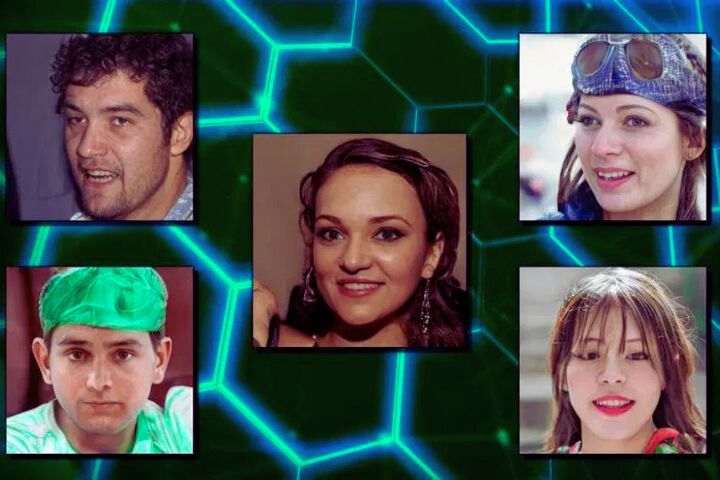Thispersondoesnotexist.com: The human capacity for imagination knows no bounds. However, advanced artificial intelligence is pushing the limits of what is possible and has started to enter the realm of conjuring people out of thin air. Thispersondoesnotexist.com, a website developed by research engineers at Nvidia, demonstrates just how far generative AI has progressed – and, in the process, enters the realm of the genuinely unsettling.
Table of Contents
The AI Conjurer
Nvidia, a leader in graphics processing technology, has built a reputation for some of the most sophisticated machine learning applications. Among its creations is an AI system trained on a vast database of real human faces that can generate completely new facial images indistinguishable from real people. Visiting thispersondoesnotexist.com presents the user with an endless stream of faces that do not correspond to actual individuals. Yet each face looks so realistic it is hard to believe it was not sampled from an actual photograph. In essence, Nvidia has harnessed AI to achieve the magic of conjuring entire individuals out of thin air.
How The Trickery Works
The system behind thispersondoesnotexist.com represents a culmination of advances in a class of AI called generative adversarial networks (GANs). In GANs, two neural networks compete – a generator tries to create fake samples while a discriminator aims to distinguish real from fake. Through this game of one-upmanship, both models improve until the generator fools the discriminator consistently. Nvidia’s model was meticulously refined using new techniques to control image synthesis at different scales, producing faces so real they appear uncannily human. Refining the generators and discriminators through repeated gameplay has granted AI an almost supernatural power to render photo-realistic people who do not indeed exist.
Implications And Future Directions
The ability to convincingly generate human likenesses out of code opens up opportunities and poses risks. On the one hand, it drives technological innovation and finds uses in cinema and visual effects. However, it risks undermining human notions of authenticity, individuality, and truth. With further progress, GAN-generated faces may become indistinguishable from living persons, potentially enabling deepfakes and impersonation at an unprecedented scale. Already, Nvidia’s work pushes the Overton window of how far synthetic media could plausibly go. Continued research aims to refine control over image attributes and the generation of full-body portraits or videos. It remains to be seen how AI synthesis and human definitions of nature will interact in the coming years.
Conclusion
In developing tools like thispersondoesnotexist.com, AI research pushes the boundaries of technology and perception. While generating hyper-realistic faces represents an impressive technical feat, it also ushers in surreal possibilities that challenge basic human concepts. As AI capabilities outpace regulations and social safeguards, its role in synthesizing fake identities and media will need scrutiny. Overall, Nvidia’s work highlights both the promise and disquiet in AI’s ability to simulate aspects of reality, for better or worse.
Also read : Yt Teacher



